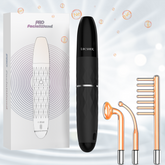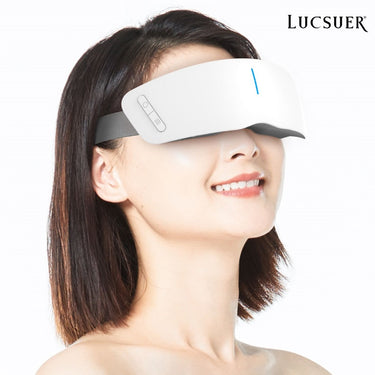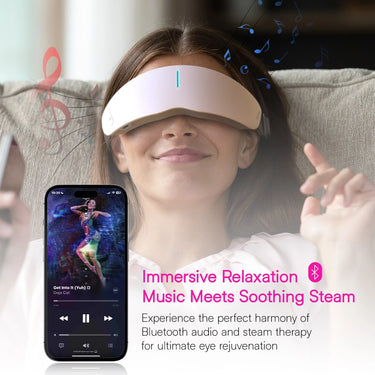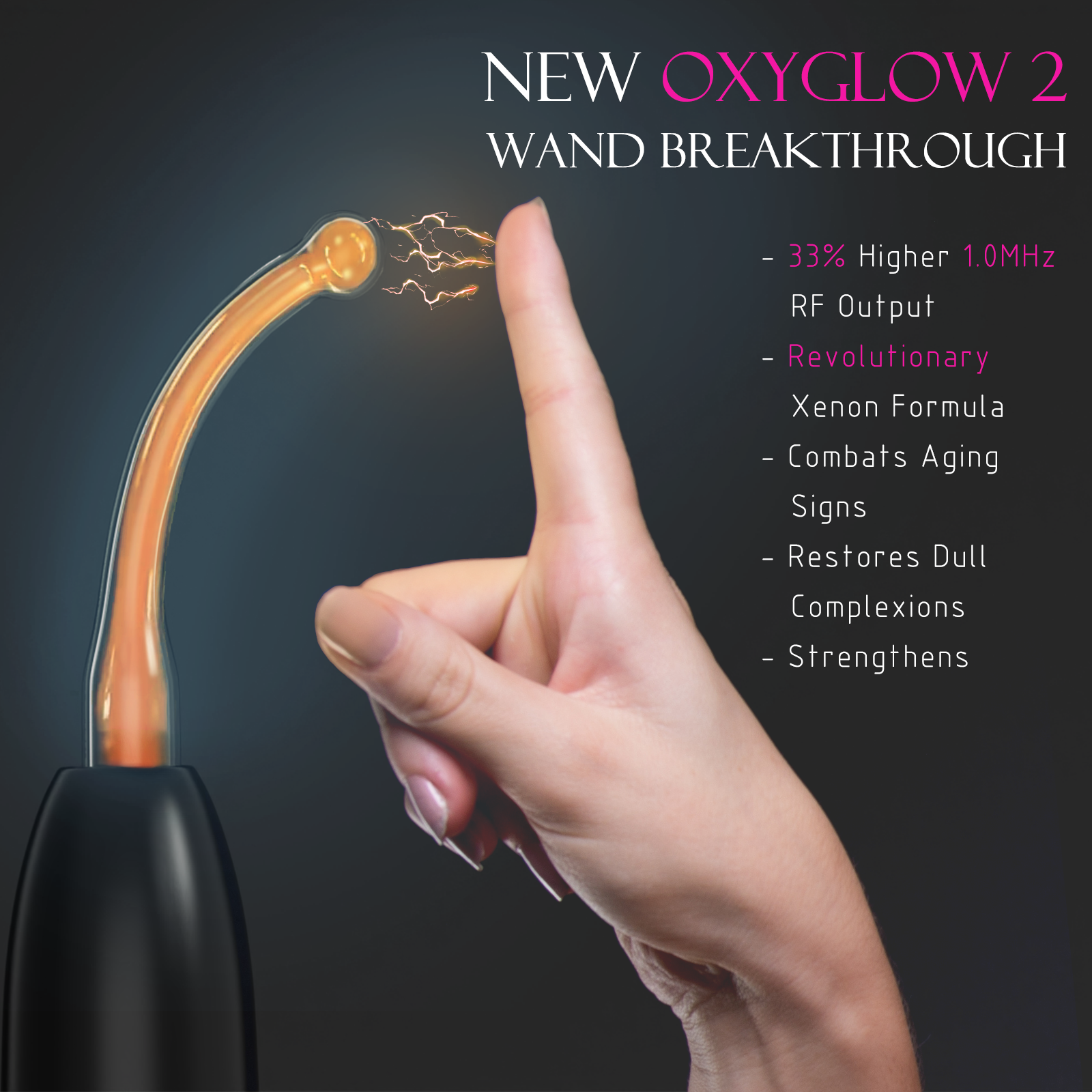In the ever-evolving realm of skincare, light therapy has emerged as a buzzworthy trend, promising to unlock the secret to ageless beauty. As the demand for non-invasive anti-aging solutions soars, this innovative treatment has captured the imagination of countless individuals seeking to defy the visible signs of aging. However, amidst the hype and marketing claims, it’s crucial to delve into the science behind light therapy and examine its true effectiveness, potential risks, and optimal usage.
Understanding Revive Light Therapy
Light therapy, also known as phototherapy or photobiomodulation, is a non-invasive treatment that utilizes specific wavelengths of light to stimulate cellular processes within the skin. One of the most popular devices on the market is the Glo Revive Light Therapy, which claims to harness the power of LED (Light-Emitting Diode) and infrared light to reduce wrinkles, improve skin tone, and boost collagen production.
The scientific principle behind light therapy lies in the ability of certain wavelengths to penetrate the skin and interact with cellular components, such as mitochondria and chromophores. This interaction triggers a cascade of biological reactions that can potentially enhance cellular energy production, stimulate collagen and elastin synthesis, and promote tissue repair and regeneration.
Manufacturers of light therapy devices, like Glo Revive, tout numerous benefits, including diminishing fine lines and wrinkles, improving skin texture and tone, reducing hyperpigmentation, and promoting a more youthful, radiant complexion. But do these claims hold true, and is light therapy truly effective in combating the visible signs of aging?
Using Glo Revive Light Therapy
To understand the effectiveness of light therapy, it’s essential to first grasp how to use devices like Glo Revive correctly. These devices typically feature an array of LED lights that emit specific wavelengths, ranging from blue and red to infrared.
Using the Glo Revive Light Therapy is relatively straightforward. Users are instructed to hold the device close to their face, allowing the gentle light to bathe their skin for a recommended duration, typically ranging from 10 to 20 minutes. Consistency is key, with most manufacturers advising regular treatments, often 2-3 times per week, to achieve optimal results.
To maximize the benefits and ensure safe usage, it’s crucial to follow the manufacturer’s instructions carefully. This includes adhering to the recommended treatment duration, avoiding direct contact with the eyes, and following any precautions for individuals with specific skin conditions or sensitivities.
Evaluating the Effectiveness of Light Therapy
While manufacturers make enticing claims about the benefits of light therapy, it’s essential to examine the scientific evidence to determine its true effectiveness for aging skin. Several studies and clinical trials have been conducted to evaluate the impact of light therapy on various skin concerns.
Some research has demonstrated promising results, with light therapy showing potential in reducing the appearance of fine lines and wrinkles, improving skin texture, and increasing collagen production. However, other studies have yielded mixed or inconclusive results, suggesting that the effectiveness may vary based on factors such as the specific wavelengths used, treatment duration, and individual skin characteristics.
Dermatologists and skincare experts have weighed in on the subject, with some expressing cautious optimism about light therapy’s potential benefits, while others remain skeptical, citing the need for more robust and long-term studies to validate its efficacy.
Anecdotal evidence from users also presents a mixed picture, with some reporting noticeable improvements in their skin’s appearance, while others have not experienced significant changes. It’s important to note that individual experiences may vary, influenced by factors such as age, skin type, and the specific device used.
Potential Risks and Precautions
While light therapy is generally considered safe and non-invasive, it’s crucial to acknowledge the potential risks and precautions associated with its use. Like any treatment, moderation is key, as overexposure to certain wavelengths of light can potentially lead to adverse effects.
Excessive use of light therapy, particularly at high intensities or for extended durations, may result in skin irritation, redness, or photosensitivity. It’s essential to follow the manufacturer’s guidelines and avoid overdoing the treatments, as this can potentially cause more harm than good.
Additionally, individuals with certain skin conditions, such as melasma, photosensitivity disorders, or a history of skin cancer, should exercise caution and consult with a dermatologist before undergoing light therapy. Proper precautions, such as wearing protective eyewear and avoiding direct exposure to the eyes, are also crucial to ensure safe usage.
Best Light Therapy Options for Aging Skin
If you’ve decided to explore light therapy as a potential solution for aging skin, it’s important to choose the best device and wavelengths for your individual needs. Different types of light therapy devices offer varying wavelengths, each targeting specific skin concerns.
Red light therapy, for instance, is often touted for its ability to stimulate collagen production and improve skin texture, making it a popular choice for addressing fine lines and wrinkles. Blue light therapy, on the other hand, is commonly used for its antibacterial properties, potentially helpful in treating acne or blemishes.
When selecting a light therapy device, consider factors such as the specific wavelengths offered, the size and coverage area of the device, and the reputation and credibility of the manufacturer. It’s also wise to consult with a dermatologist or skincare professional to determine the best option based on your individual skin type, concerns, and desired outcomes.
Light Therapy for Oral Care
While light therapy is primarily associated with skincare, its applications extend beyond the realm of aging skin. One area that has garnered attention is oral care light therapy, which claims to offer benefits such as teeth whitening, gum health improvement, and even pain relief.
The concept of oral care light therapy involves using specific wavelengths of light to target oral tissues and potentially promote healing, reduce inflammation, and enhance the effectiveness of whitening agents. However, the scientific evidence supporting these claims remains limited and inconclusive.
Some studies have suggested that light therapy may have a positive impact on oral health, but further research is needed to fully understand its efficacy and potential risks. As with any oral care treatment, it’s advisable to consult with a dental professional before exploring light therapy for oral care purposes.
Conclusion
In the quest for ageless beauty, light therapy has captured the imagination of many individuals seeking non-invasive anti-aging solutions. While the science behind light therapy is intriguing, and some studies have shown promising results, the overall effectiveness of this treatment for aging skin remains a subject of debate and ongoing research.
As with any skincare treatment, it’s crucial to approach light therapy with a critical eye and a healthy dose of skepticism. While anecdotal evidence and user testimonials can be valuable, they should be weighed against scientific evidence and expert opinions from dermatologists and skincare professionals.
If you decide to explore light therapy for aging skin, it’s essential to choose a reputable device, follow the manufacturer’s instructions carefully, and monitor your skin’s response to the treatment. It’s also advisable to consult with a healthcare professional, especially if you have any underlying skin conditions or concerns.
Ultimately, the decision to incorporate light therapy into your skincare routine should be an informed one, based on a thorough understanding of its potential benefits, risks, and limitations. By approaching this trend with an open yet discerning mindset, you can make an educated choice that aligns with your individual needs and goals for achieving a radiant, youthful complexion.









